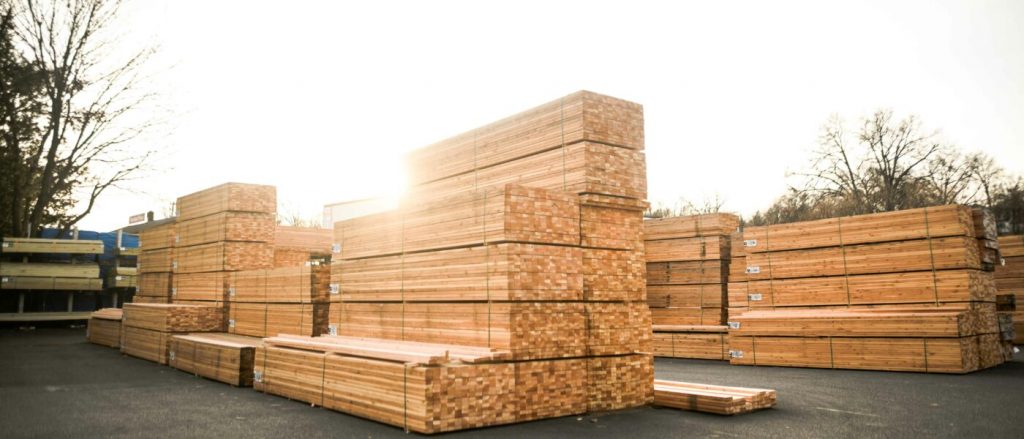Exploring the Diverse World of Construction: Unveiling the Most Common Types

Construction is a vast and dynamic industry that encompasses a wide range of projects, each with its own unique characteristics and requirements. From towering skyscrapers to intricate infrastructure, the world of construction is a testament to human ingenuity and engineering prowess. In this article, we will delve into the most common types of construction, shedding light on their key features, challenges, and significance in shaping our built environment.
- Residential Construction:
Residential construction refers to the building of houses, apartments, and other dwellings. It involves various stages, including site preparation, foundation laying, framing, plumbing, electrical work, and finishing. Residential construction projects can range from single-family homes to large-scale housing developments. Factors such as architectural design, energy efficiency, and sustainability are increasingly influencing this sector. - Commercial Construction:
Commercial construction focuses on the creation of structures for business purposes. This includes office buildings, retail stores, hotels, restaurants, and warehouses. Commercial projects often require meticulous planning to accommodate specific business needs, such as open floor plans, advanced technology integration, and accessibility compliance. The scale and complexity of commercial construction demand close collaboration between architects, engineers, and contractors. - Industrial Construction:
Industrial construction involves the development of facilities for manufacturing, processing, and heavy industries. Factories, power plants, refineries, and warehouses fall under this category. Industrial projects require specialized knowledge of equipment installation, safety regulations, and efficient workflow design. Factors like durability, functionality, and adherence to industry standards are crucial in this sector. - Infrastructure Construction:
Infrastructure construction focuses on the development of public facilities and systems that support communities. This includes roads, bridges, tunnels, airports, railways, and water supply networks. Infrastructure projects play a vital role in connecting regions, facilitating transportation, and enhancing economic growth. They often involve complex engineering solutions, environmental considerations, and coordination with multiple stakeholders. - Institutional Construction:
Institutional construction involves the creation of structures for educational, healthcare, and government purposes. Schools, hospitals, universities, courthouses, and government buildings fall into this category. Institutional projects require careful attention to functionality, safety, and regulatory compliance. They often incorporate specialized features like laboratories, medical facilities, and secure areas.
Conclusion:
The world of construction is a tapestry of diverse projects, each contributing to the development and transformation of our built environment. From residential buildings to industrial facilities, commercial spaces to infrastructure networks, and institutional structures to public amenities, the construction industry shapes the way we live, work, and interact. Understanding the different types of construction allows us to appreciate the complexity and significance of this ever-evolving field.



